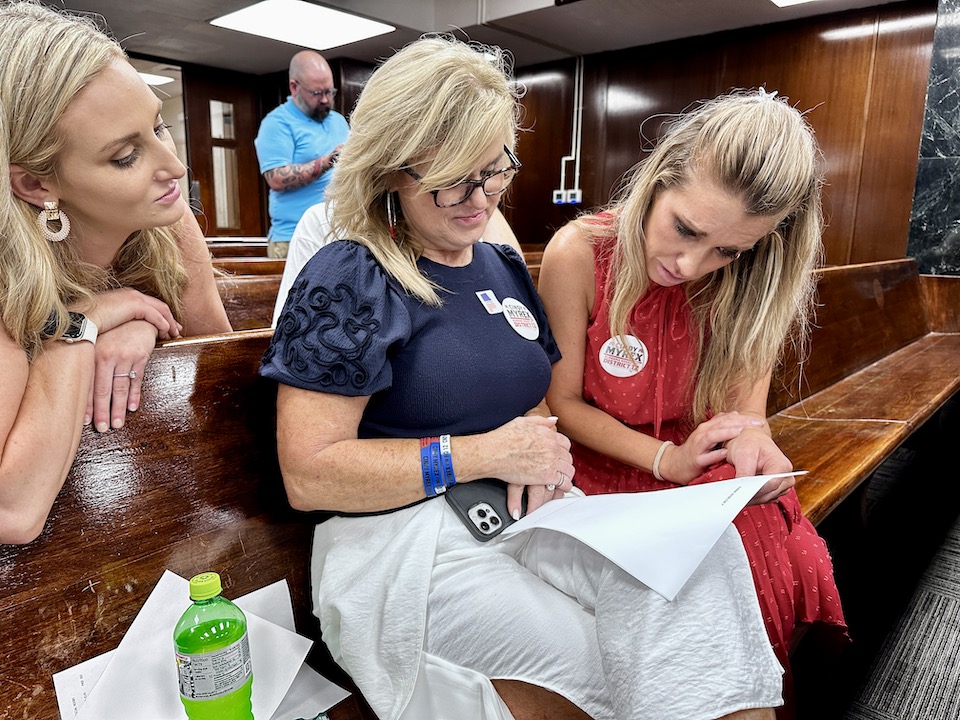‘It was detrimental’
Published 5:20 am Sunday, June 25, 2017

- Travis Kress is the project coordinator for the Cullman County Soil and Water Conservation District, a job he’s held as a part-time and then a full-time position.
Last year’s drought may be over in Cullman County, but local farmers are still feeling the effects.
In a discussion with members of the Cullman Chamber of Commerce on Wednesday, Cullman County Soil and Water Conservation District Project Coordinator Travis Kress talked about the drought that plagued the area last year, and how local farmers were affected.
Trending
“It was detrimental to the ag community here in Cullman,” he said.
The drought was harmful to every farmer in Cullman County, but cattle farmers had particular trouble.
The lack of rain meant hay prices were much higher than they usually are, and many farmers were forced to sell off cattle because they could not afford to feed them, Kress said.
He said once farmers had to start selling their cattle, the price dropped and many farmers had to sell for less money than they usually do.
Now that cattle prices are going back up, farmers who sold theirs are having to buy at a higher price than they sold for last year, and some are having trouble meeting those costs, Kress said.
Vegetable farmers had insurance to protect against the drought, but the insurance relies on the USDA Drought Monitor, Kress said.
Trending
The USDA did not say the county was in a drought until last October, but the effects of it were being felt as early as June, he said.
Kress said that meant that many vegetable farmers were not able to receive an insurance payout because their crops were supposed to have been harvested by October.
“That one year sets us back quite a bit,” he said.
The Soil and Water Conservation District tried to lend a hand to small farmers who were struggling during the drought by instituting a few programs that could provide support.
One such relief program provided hay to cattle farmers at lower prices by bringing in from out of state suppliers.
Using grant money to pay for the transportation costs of the hay, the Conservation District and other local organizations joined together to sell it to local farmers at $30 per bale.
That program helped a lot of small farms who probably would not have made it through the drought without it, Kress said.
“We saved a lot of farms in there,” he said.
Kress said he personally was not sure the program could be a success when it was first proposed, but ended up being very happy with its results once he heard from the people who were able to keep their farms afloat with the assistance.
“Once I got the feedback, it was worth it,” he said. “It meant a lot to the community.”





